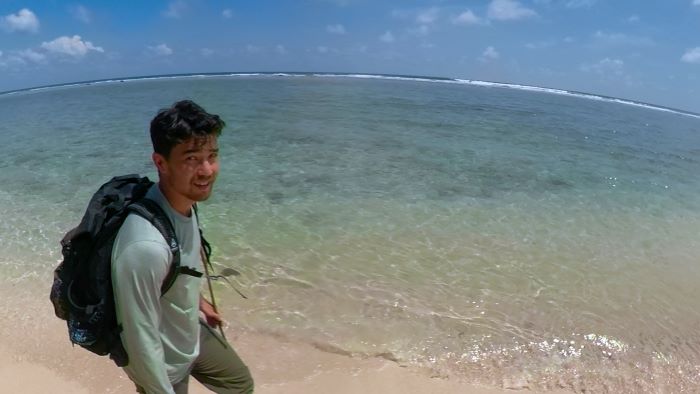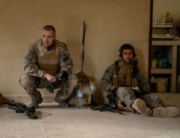![]() In 2018, a 26-year-old Christian missionary named John Allen Chau was reported dead on the shores of North Sentinel Island, killed by one of the last hunter-gatherer tribes that remains on earth. The Sentinelese have historically kept outsiders away, presumably because they fear what happened to the other tribes of the Andaman Islands: Diseases wiped them out. Chau’s journey to preach the gospel to them was many years in the making and took an enormous amount of preparation. In addition to wilderness training and studies in linguistics, he attended a missionary boot camp, All Nations, where exercises simulate encounters between missionaries and natives. He actually snuck past the Indian Coast Guard to reach the island. His body still has not been retrieved.
In 2018, a 26-year-old Christian missionary named John Allen Chau was reported dead on the shores of North Sentinel Island, killed by one of the last hunter-gatherer tribes that remains on earth. The Sentinelese have historically kept outsiders away, presumably because they fear what happened to the other tribes of the Andaman Islands: Diseases wiped them out. Chau’s journey to preach the gospel to them was many years in the making and took an enormous amount of preparation. In addition to wilderness training and studies in linguistics, he attended a missionary boot camp, All Nations, where exercises simulate encounters between missionaries and natives. He actually snuck past the Indian Coast Guard to reach the island. His body still has not been retrieved.
This dense documentary tells John’s story from a number of perspectives. Actors read sections of John’s diary and a letter to the filmmakers composed by John’s psychiatrist father, Patrick Chau, in which he struggles to come to terms with his role in his son’s actions. He raised his son to be Christian, but disagreed with the type of evangelism John turned toward. People who knew Chau (friends, ministers) are interviewed as well as some who did not. A former missionary, Dan Everett, offers his candid thoughts about the missionary mindset. Author Adam Goodheart (The Last Island: Discovery, Defiance, and the Most Elusive Tribe on Earth) addresses the history of the Andaman Islands and of their first encounters with the West. T. N. Pandit, an Indian anthropologist, describes his brief encounter with the Sentinelese and what he learned from it—he got closer to them than anyone else. There are also colorful hand-drawn animated dramatizations, clips from old films (King Kong, and many others), numerous stills from old magazines, and shots from Chau’s Facebook account. All these strands are united by the filmmakers’ effort to understand what led Chau to make such an ill-advised journey, and the societal implications of it.
This 96-minute film packs a lot in. On one hand, it details a simple lesson about the hubristic nature of missionary work, and the imperialist motives behind it. Yet it does so from so many angles, and with so many voices, that the result is far from simple. The film clips (many of them are adventure films that Chau devoured) create a portrait both of the stories that fed Chau’s fantasies but also of the tales we tell about colonizing the East. This film is distributed by National Geographic, and the organization does not shy away from taking responsibility, citing a 1974 National Geographic article in which photos of the Sentinelese are exoticized as dangerous savages. Perhaps most notably, especially for audiences who grew up in secular households, Christians—Evangelical or otherwise—speak frankly, without any attempt on the filmmaker’s part to judge them. Viewers will doubtless have their own judgements in many cases (one missionary struck me as particularly obtuse), but this is not the point. Very often, those who share Chau’s religious faith genuinely engaged in the act of grappling with what he did and what happened to him. That might be how the film is best described, as an act of collective grappling.
As much information as this in-depth film contains, there are still many questions, and the participants are apt to point out that there is complete silence from the Sentinelese. That is, to our knowledge, as they want it, and Goodheart succinctly states that Chau’s story is more about us than it is about them. And yet there are still gaps when it comes to Chau. Not every family member or friend comes forth to speak of him, and no one comes up with a firm and fast answer as to why he threw himself into evangelism. Goodheart and his interviewer mention that they believe The Mission might “reveal as much as it conceals,” and indeed it does. Yet those words could just as easily be reversed, and the film is all the richer for it.







Leave A Comment